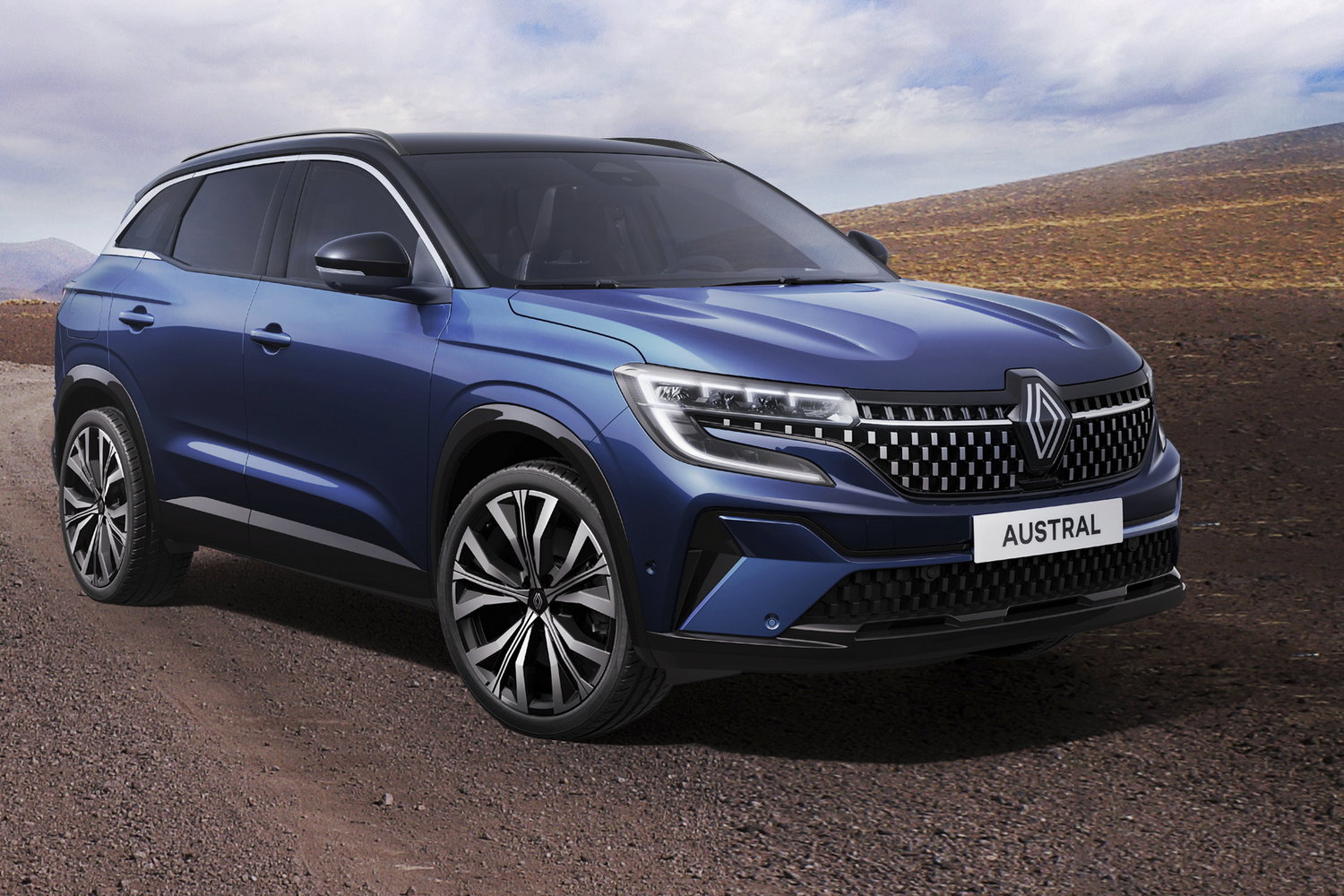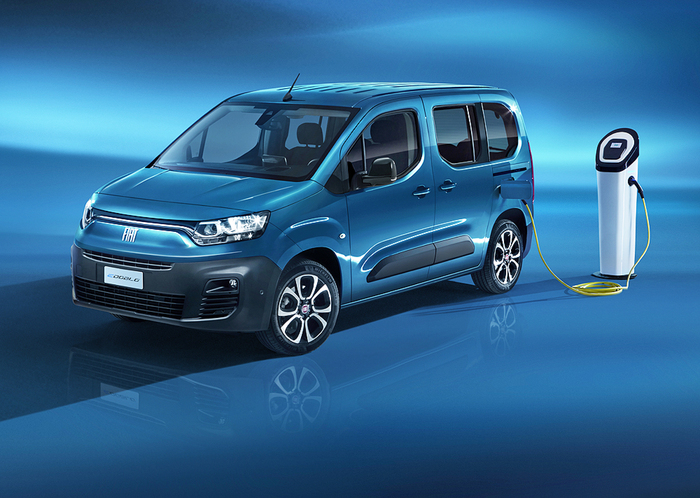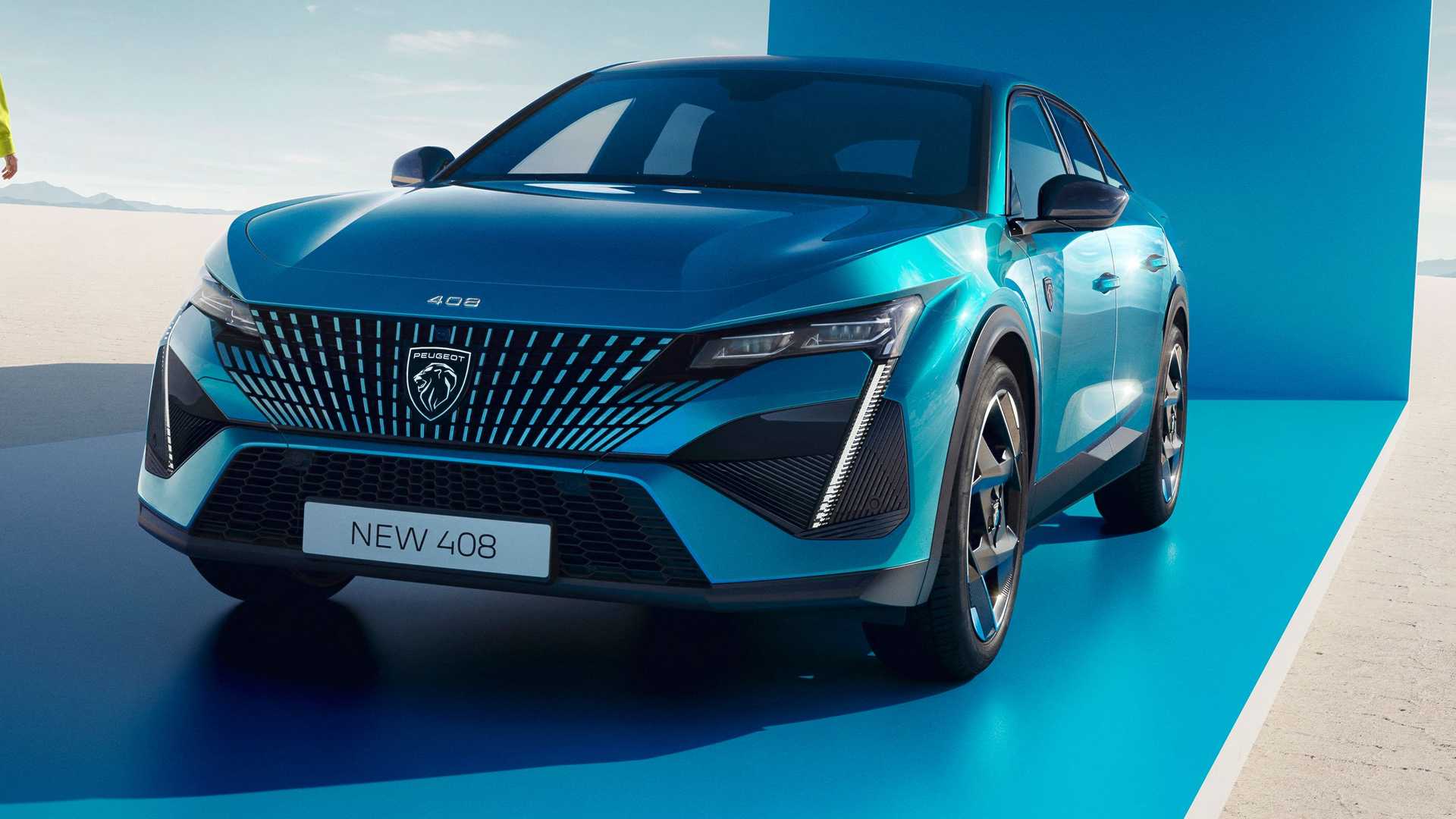Families come in all different shapes and sizes, and so do family cars. What most people demand of a family car though is space, practicality and the ability to tackle everything an active family throw at it. Here are some great new cars that should do just that.
Hyundai Ioniq 6

The Ioniq 6 is Hyundai’s hotly anticipated follow-up to the Ioniq 5, a car that has already proven its excellent family car credentials with its mixture of a top-notch interior, loads of space and outstandingly stylish looks. Oh, and it’s electric too. The Ioniq 6 builds on that using the same underpinnings, meaning that it’ll also have plenty of space inside. Just as impressive is its range of up to 610km thanks to a substantial 77.4kWh battery and a slippery, low-drag body. Rapid DC charging at up to 350kW is possible at suitable chargers, making long journeys less of a hassle. Inside, there’s plenty of tech with a 12.0-inch infotainment screen in the middle of the dash, and the system that pipes a spaceship-like sound into the cabin is sure to delight kids and adults alike.
Renault Austral

The Renault Austral is the company’s replacement for the Kadjar SUV and comes in at around the same size, which means that, as a family car, it’s going to offer plenty of room including up to 575 litres of boot space. Powering the Austral is a series of hybrid powertrains starting with a mild-hybrid four-cylinder system using the 1.3-litre petrol engine seen elsewhere in the Renault and Nissan ranges, with an output of up to 140hp, Next up, there’s a 1.2-litre mild-hybrid with up to 130hp, followed, at the top of the range by a full-hybrid system using that same 1.2-litre three-cylinder engine and a battery/motor combo to send 200hp to the front wheels. Packed with tech and driver-assistance features, the interior is set to be a stylish place with strong use of mixed materials and a 12.0-inch portrait-aspect touchscreen. Expect deliveries early in 2023.
Polestar 3

Little is known so far about Volvo’s replacement for one of the most highly regarded family cars around, the seven-seat XC90 SUV, except that it’s due to be unveiled towards the end of 2022, arriving sometime in 2023. Slightly more though, is known about the next model from Volvo’s Sino-Swedish sibling, Polestar. The Polestar 3 will share the same platform as the XC90, although unlike its cousin it’ll only manage to fit five seats into its low-slung, rakish (for an SUV) body. The 3 will feature a dual-motor, all-wheel-drive system from launch with single-motor versions set to follow. As for things like battery and range, the company hasn’t confirmed those, save to say there’s a target of 600km between charges.
Fiat E-Doblo

Most family cars aim for some sort of compromise between style and practicality, and it could be the refusal of van-based MPVs such as the Citroën Berlingo and Peugeot Rifter to make much of a nod towards the former that means they’re not especially popular in Ireland. That won’t prevent the Fiat E-Doblo joining the party in 2023 and, with its boxy, roomy interior and electric-only powertrain, it deserves to be more popular than it likely will be. Space is plentiful thanks to the 4.4-metre length and “Magic Top” roof featuring overhead storage bins and giving the car more headroom. That said, the interior is a five-seater, and those in need of more seats will need to upgrade to the more expensive Fiat E-Ulysse. Power comes from the well-proven Stellantis EV powertrain seen in the E-Doblo’s relatives, the ë-Berlingo, e-Rifter, Opel Combo-E Life and others, meaning a 50kWh battery, 100kW (136hp) electric motor and around 280km of range. At an expected price of around €30-35,000, the E-Doblo should offer excellent value as a practical, spacious electric family car.
Peugeot 408

The 408 is Peugeot’s attempt to enter that small niche currently occupied by the Renault Arkana and not too many others, i.e., a combination of fastback saloon looks and an SUV-like stance. It’s certainly a stylish effort, and a spacious one to boot: the seat backs split 60:40, have a ski hatch and tumbling them forward increases the substantial luggage compartment from 536 litres to a maximum of 1,611 litres. There won’t be any diesel option, but, apart from that, the engine line-up is much the same as that of the Peugeot 308, with a 1.2-litre 130hp petrol engine opening the range, along with two plug-in hybrids (180hp and 225hp) from which buyers can expect an electric range of around 60km. There’ll be a fully-electric version coming down the line eventually too.